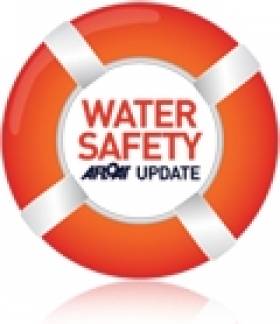Displaying items by tag: paramedics
Irish Tourist Drowns in Melbourne
#WATER SAFETY - A 27-year-old Irish tourist had died after drowning in Melbourne, Australia on Tuesday, the Sydney Morning Herald reports.
The tourist and a colleague, who have not yet been named, had reportedly entered the Yarra River in central Melbourne around 9pm intending to swim across. Some minutes later screams were heard from the water.
"At first I thought they were joking, I think most people did," said David Brearley, a barman at the nearby Riverland bar who had warned the pair not to attempt the crossing - but responded to the calls for help and swam out into the river.
Brearley was able to take one man to the shore where he was treated by paramedics. But the other man was lost despite the assistance of other bystanders.
His body was discovered some three hours later floating near a bridge close to the incident.
Paramedic Susie Dean praised Brearley's actions as "absolutely heroic", noting that there is "a very strong current in the Yarra".
The Sydney Morning Herald has more on the story HERE.
























































